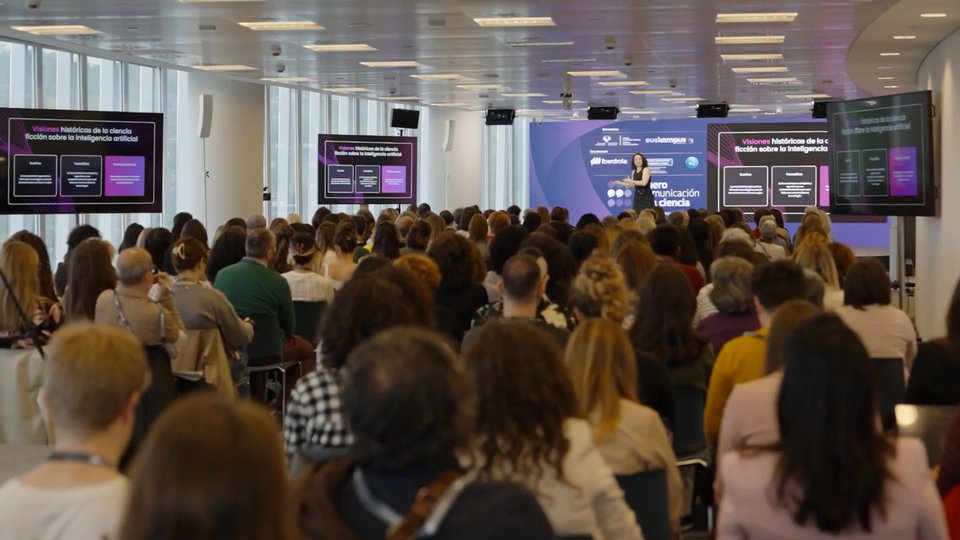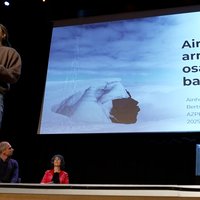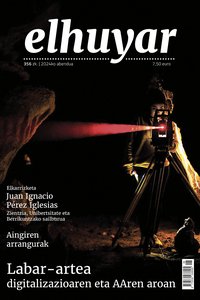Joaquín Martínez Torregrosa: A conscious effort is essential to learn.
Do you know how learning occurs in the mind?

Today, experts know a lot about brain function. For example, they know that learning creates new synapse connections. On the other hand, depending on age physiological changes occur that prevent children from performing mental operations at any time. And now we have begun to understand that the brain also learns from new connections.
Research with children aged 8 or 9 is a good example. Above and below they only understand the local concept. When they see the drawn Earth they cannot understand why the southern hemisphere does not fall. They need time to pass it and receive the subjects progressively.
In many educational models, however, it has been considered that the key was difficulty, that is, if the teacher said that the Earth is spherical and that it moves in orbit around the Sun, for the student had to have simple concepts. Some students of this model, even at the age of twenty, cannot explain why all this happens.
What is the most appropriate strategy for students aged around nine? Don't you have to explain what you don't understand or, even if you don't understand it, you have to let them know those concepts?
I think many teachers don't distinguish between understanding and listening. An eight-year-old has to hear that the Earth is round and all that, has to have drawings and many things more done. Can you understand the concept at that time? No. But all this is necessary to understand later. The worst thing is that usually this distinction is not made, but that through the examinations a correct answer is required. You are asked: "What is the Earth turning to?" And the child must answer: "Around the Sun." The child understands nothing, but from a young age he is taught that the important thing is to conceal that lack. The only thing that matters is to get ten, and to get it the teacher has to answer what he wants to hear and not what the child really thinks. This is very serious from an ethical point of view, because we prepare the children to succeed in hiding.
In addition, in this way, the student does not value the understanding of the matter, so grown adults who have not become accustomed to understanding things. These adults are not able to say whether or not they have understood an explanation.
It is an educational problem. On the one hand, unidirectional teaching is combined, that is, the procedures necessary to understand the issues are discarded, and on the other, the evaluation system that merely confirms whether the answers are correct or not. These two factors coexist in the usual teaching and, therefore, a sad educational system is achieved.
How do you think you have to present a topic that you want to present? What is the most suitable starting point?
All that man has learned is a consequence of the need to answer questions. For example, almost any concept now studied in chemistry was unknown a hundred years ago. But now yes, and that is due to an evolution. Why have chemists come to this concept and not to another? Along the way they have had to reject many ideas. Therefore, the same effect is not achieved by presenting the issues in relation to the basic problems and from an affirmation.
For example, the following two starting points are not equal: When will a chemical reaction remain and how much product do we want to get? ". This problem has been real at a certain point in history and they have formulated several hypotheses to respond to this problem. Some have been rejected, others have changed and have progressed little by little. In this process we observe the evolution of knowledge.

When the student learns something, he must understand why he learns. Why is one thing different? To respond to the problem, the student must be informed about the location of the problem. When he studies in these conditions, he receives the concept much better than by affirmations. That is proven.
But the starting point of the student is not a real and practical problem. For example, the XVIII. A chemist of the twentieth century had to know how gases act, it was a real problem for him. But the current student does not feel that need. Does he not renounce a foreign problem?
Then the student must be involved, since the answer to a problem depends on the degree of involvement. Deciding how to do it takes time. There are many options. For example, you can present the problem from a surprising starting point, that is, create a situation of imbalance between students and ask new questions. On the other hand, the teacher can analyze with the students the importance of the problem, that is, the interest that the resolution of the same can have. And with it, you must force them to move forward.
In this sense, it is very important to analyze the relationship between science and technology and society and the environment. Right now, the system should not train people who do not care about the state of the planet. This is the responsibility of those engaged in education and science.
Do you have any experience about it?

For example, we had to work on the topic of involvement with students aged 15/16 to explain the subject of mechanics in physics. It seems to them that mechanics is very abstract. But, in short, it analyzes why bodies move as they move and how I can move them as I want.
Is it interesting to learn? At least mechanics are interested in investigating the stars. For the Greeks, for example, it was very important to make calendars. But it seemed that the stars and things on Earth did not depend on the same mechanics. Between them there was a barrier. The stars seemed eternal and immutable and also move in cycles. On the ground, on the contrary, when throwing a stone falls and stays on the ground. It seems that the stars have a special mechanics and that is why they have always had to do with religion. They had to be objects of the world of gods. And that had a great influence on society.
But how can this idea be transmitted to the student? For example, we can pose the problem of the Moon. The student knows the Moon well. And as you have been told, the Earth attracts everything, including the Moon. Therefore, the star should fall, but it does not fall. Why? Students should be asked to write why they think it happens and then discuss it with the surrounding people, friends, family, etc. We collect all these answers and analyze them gradually. And, consequently, they feel that they advance, for example, because they are able to understand things that others do not understand. In the last step, you have to get together with others and explain why the Moon does not fall.
Our challenge is to turn science into exciting. They will understand what fascinates research.
Joaquín Martínez Torregrosa attended the Faculty of Chemistry of San Sebastián through the SAE (Education Support Service) of the UPV.
Buletina
Bidali zure helbide elektronikoa eta jaso asteroko buletina zure sarrera-ontzian










